Replacing the Boxster’s Factory Navigation with a Display Audio|DMH-SZ700 Review
公開日:
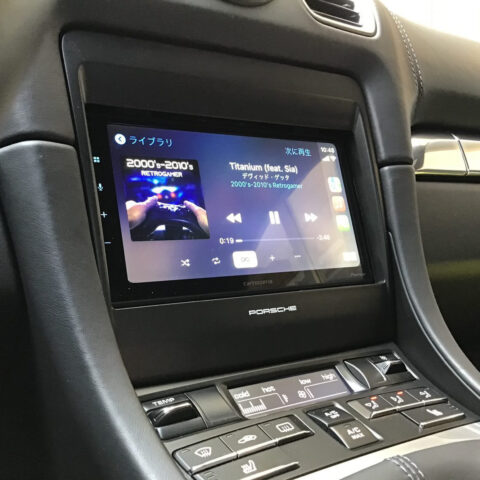
コンテンツ
Dissatisfaction with the Factory Navigation
The Japanese-spec 981 and early 991 models come equipped with a factory Clarion navigation system.
Originally, the domestic models come with Porsche’s own navigation system called PCM, similar to the late 991 and 718 models, but for some reason, the Japanese-spec cars have this different setup.
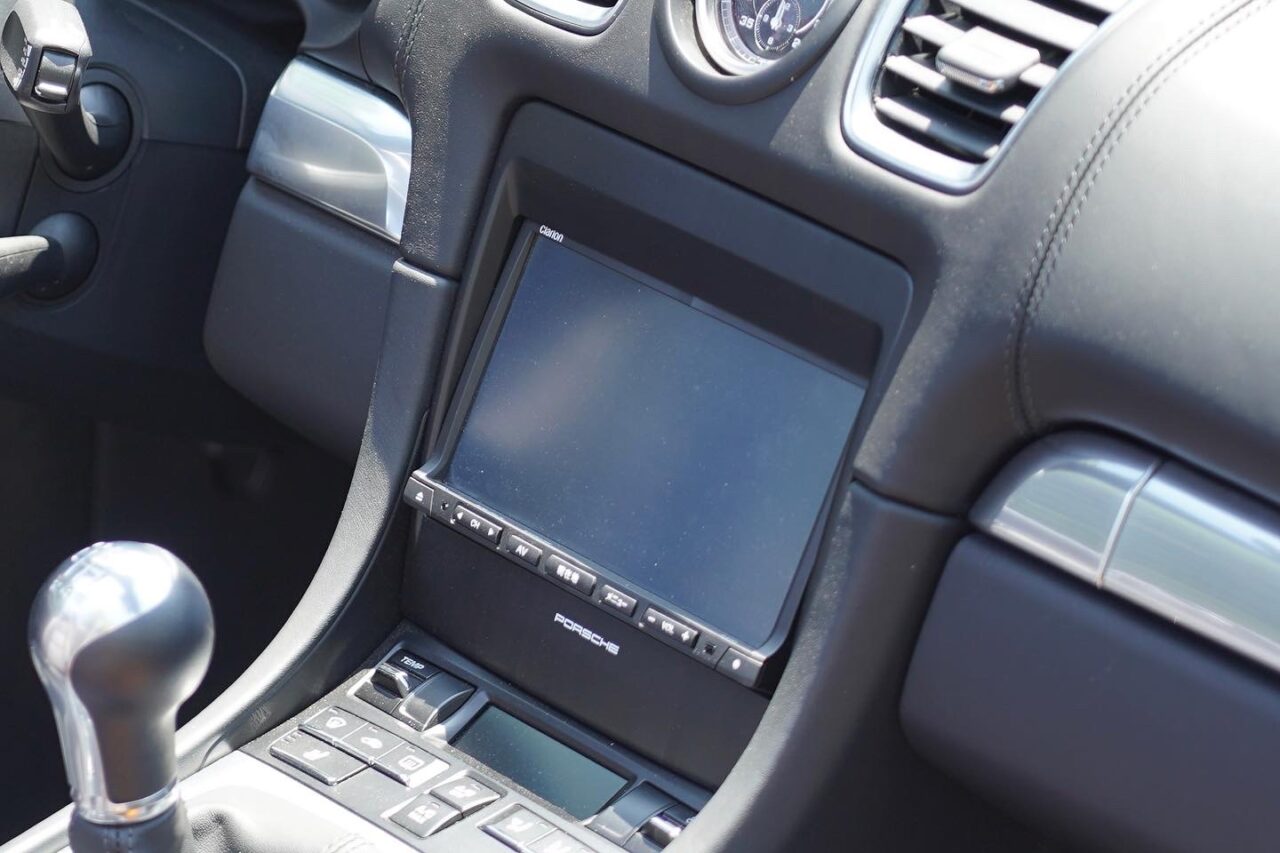
Factory Clarion navigation on the 981 Boxster. The early 991, Panamera, and Macan of the same era also have this system.
This has some surprisingly significant drawbacks. First, the design feels like an aftermarket add-on. More importantly, while the domestic PCM systems output digital audio, the Japanese-spec navigation outputs analog audio.
As a result, the sound quality suffers somewhat, especially in BOSE-equipped cars of this era, which reportedly cannot fully realize their potential.
Also, the line to the amplifier runs in parallel with the vehicle’s main power supply, making it prone to picking up noise. When the battery load increases in Sport mode, for example, some cars experience audible noise. In my case, after switching to a lithium-ion battery, I was troubled by this faint noise.
Moreover, as of 2022, Clarion has already discontinued map update support for this navigation system, and even the dealer said there was nothing they could do.
Because of this, on long-distance tours around Japan, the navigation would often send me down non-existent roads or prompt me to exit an interchange prematurely despite the road continuing, causing increasing confusion day by day.
Therefore, for safety reasons, I reluctantly decided to replace the navigation system.
Choosing Display Audio Instead of a Traditional Navigation System
When considering the replacement, I set the following conditions:
- It must be a display audio system
- It must not spoil the interior design
First, the requirement for display audio was very important. For those unfamiliar, display audio refers to a car audio system with a screen but without a built-in navigation system.
More specifically, it looks like a regular navigation system but doesn’t include maps from navigation manufacturers. Instead, it only has audio functions like radio and Bluetooth. So how do you get navigation? By connecting a smartphone (iPhone or Android) via USB cable, you can mirror the map apps on your phone (Google Maps, Yahoo! Car Navigation, Navitime, etc.) onto the display audio screen.
This is how navigation is used.
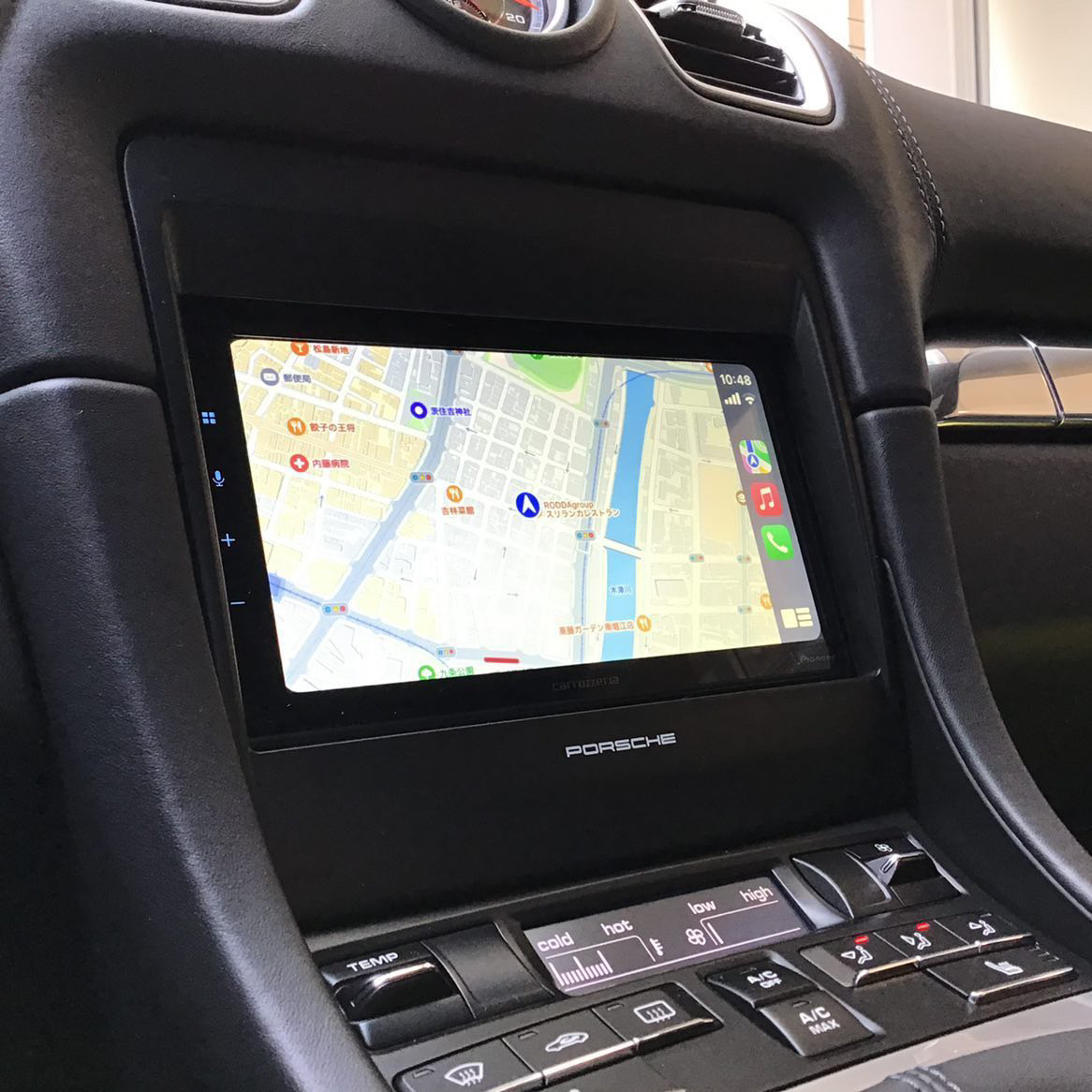
Using smartphone navigation mirrored on the screen
By using smartphone navigation apps, you always have access to the latest map data, eliminating the need to pay expensive update fees or worry about support ending after a few years like with traditional navigation systems.
This advantage is huge: not only do you get constantly updated maps, but you also benefit from real-time traffic info via your phone’s data connection, and you avoid the risk of your navigation system becoming outdated after a few years.
And best of all, the price is affordable.
Typical in-car navigation systems cost around 80,000 to 150,000 yen, but the DMH-SZ700 costs about 55,000 yen at the time of writing.
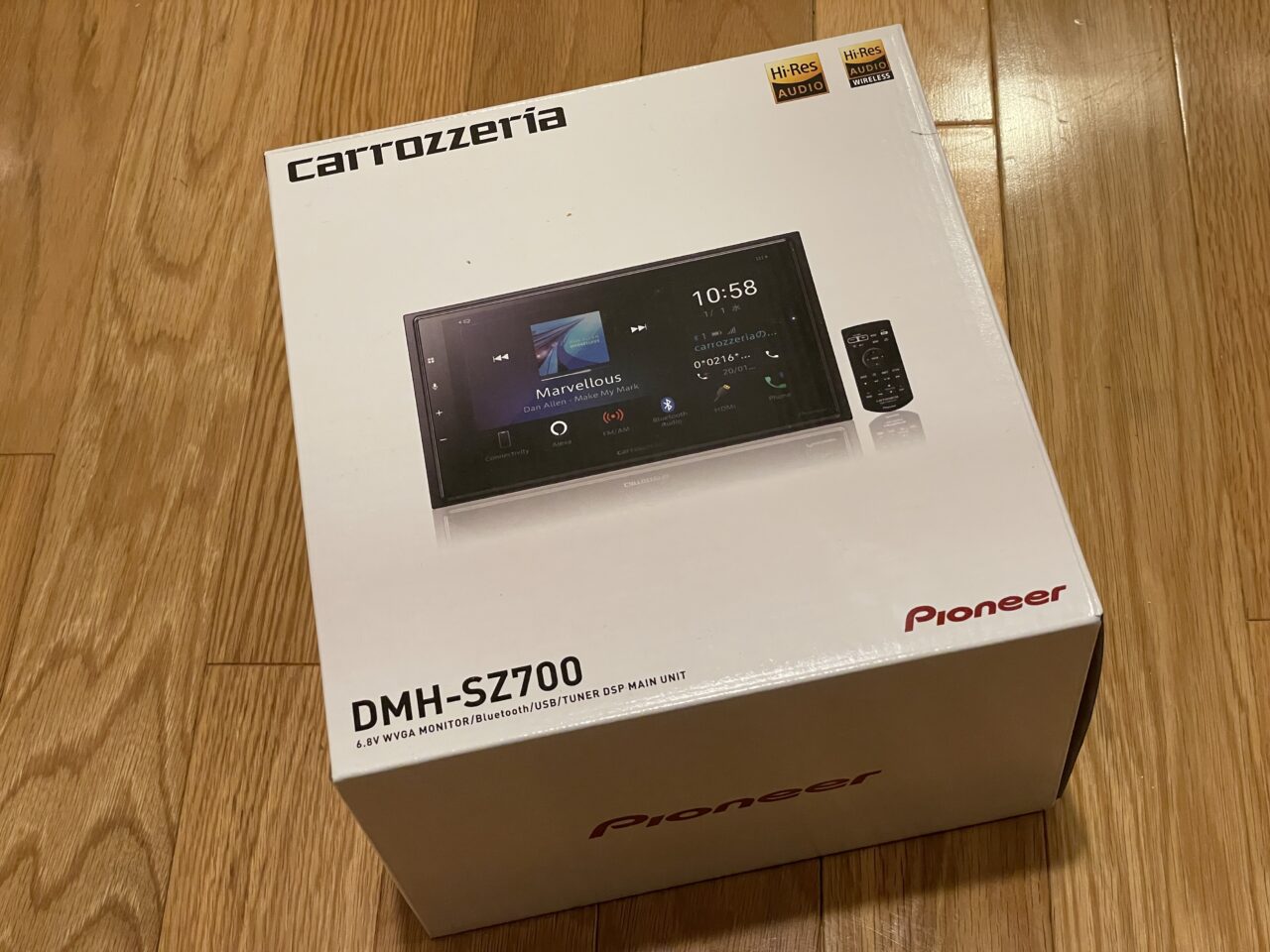
Regarding design, the DMH-SZ700’s glossy yet modest display and simple, flat bezel blend well with the car’s interior, preserving the atmosphere and giving a feel close to the factory PCM.
There is also a larger 9-inch model, the DMH-SF700, but it looks more like an aftermarket addition and, given how I use my Porsche, I don’t need such a large screen for in-car entertainment, so I chose the 7-inch SZ700.
Installation was entrusted to BESPOKE in Osaka, a company well known for their expertise with high-end imported cars’ electrical systems.
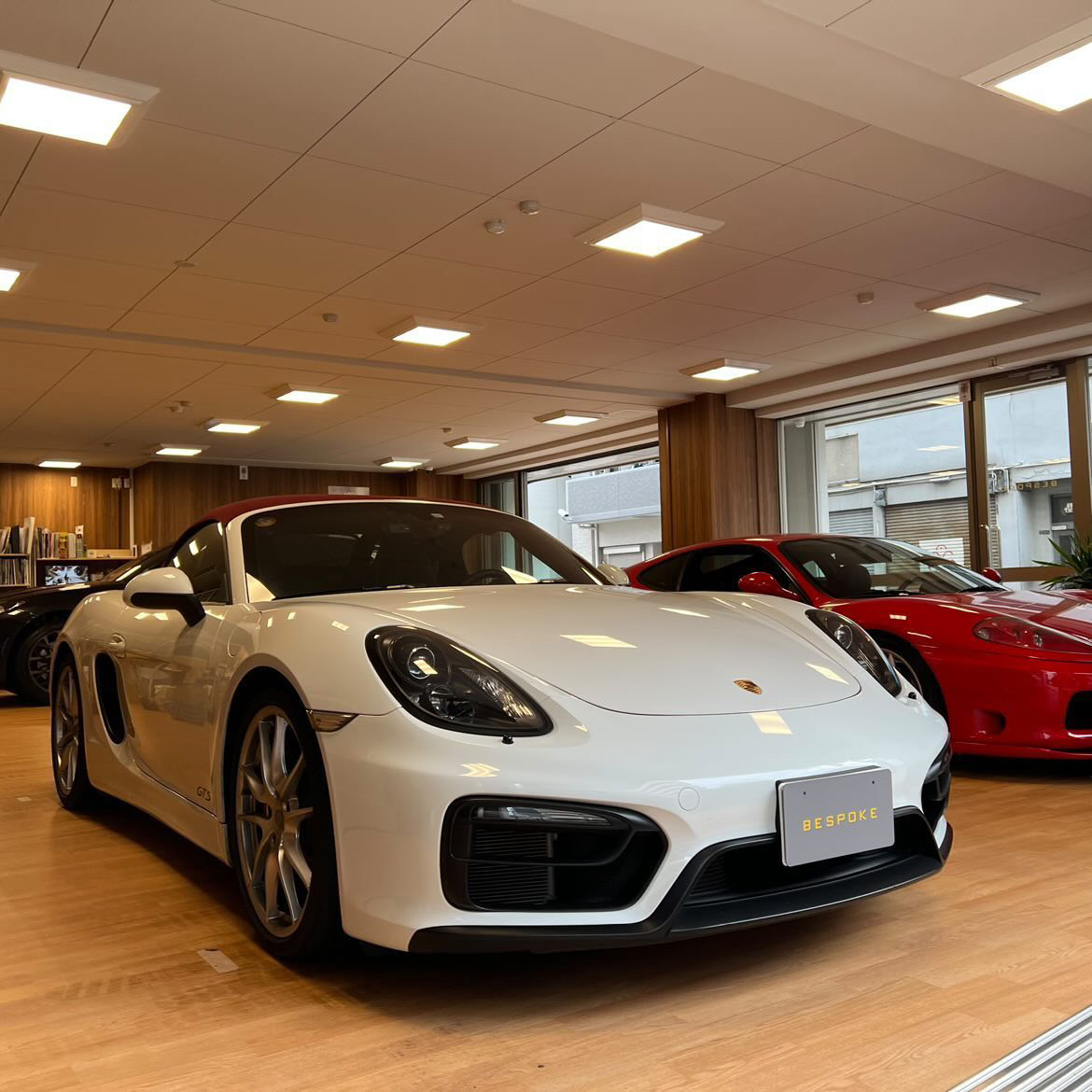
Boxster at BESPOKE during installation
Additionally, I requested that the system bypass the factory amplifier and output sound directly from the navigation unit’s amplifier. This was because the factory amplifier’s sound quality was poor, and to address the noise issue mentioned earlier.
Previously, when I removed the fuse for the factory amplifier, the noise stopped completely, so I suspected the noise source was either the amplifier or the wiring connected to it.
| Next page → Actual Evaluation of the DMH-SZ700 |
このブログが気に入ったらフォローしてね!


Comment ( 0 )
Trackbacks are closed.
No comments yet.